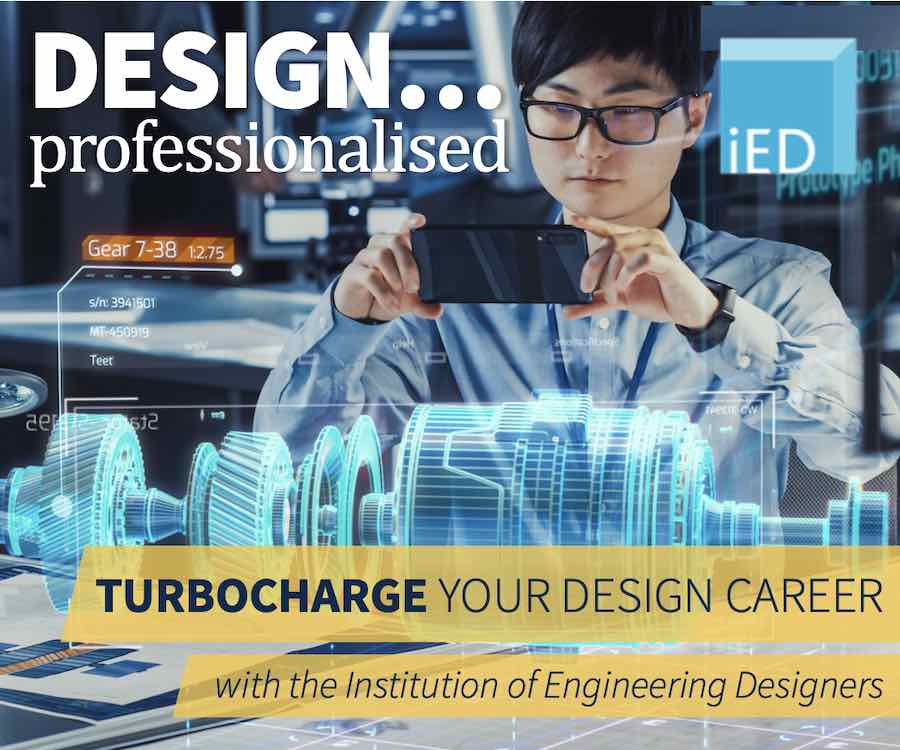
California-based company Joby Aviation has successfully flown a first-of-its-kind hydrogen-electric air taxi demonstrator 842 kilometres, with water as the only by-product. The aircraft, which takes off and lands vertically, builds on Joby’s successful battery-electric air taxi development programme, and demonstrates the potential for hydrogen to unlock emissions-free, regional journeys that don’t require a runway.
‘Traveling by air is central to human progress, but we need to find ways to make it cleaner,’ said JoeBen Bevirt, Joby’s founder and CEO. ‘With our battery-electric air taxi set to fundamentally change the way we move around cities, we’re excited to now be building a technology stack that could redefine regional travel using hydrogen-electric aircraft.
‘Imagine being able to fly from San Francisco to San Diego, Boston to Baltimore, or Nashville to New Orleans without the need to go to an airport and with no emissions except water,’ he continued. ‘That world is closer than ever, and the progress we’ve made towards certifying the battery-electric version of our aircraft gives us a great head start as we look ahead to making hydrogen-electric flight a reality.
‘The vast majority of the design, testing and certification work we’ve completed on our battery-electric aircraft carries over to commercialising hydrogen-electric flight,’ he concluded. ‘In service, we also expect to be able to use the same landing pads, the same operations team, and Joby’s ElevateOS software, which will support the commercial operation of our battery-electric aircraft.’
The landmark test flight, believed to be the first forward flight of a vertical take-off and landing aircraft powered by liquid hydrogen, was completed last month using a converted Joby pre-production prototype battery-electric aircraft fitted with a liquid hydrogen fuel tank and fuel cell system. It landed with ten percent of its hydrogen fuel load remaining.
Joby’s hydrogen-electric demonstrator is part of the company’s future technology programme and is the result of several years of collaboration between a small team at Joby and H2FLY, Joby’s wholly owned subsidiary based in Stuttgart, Germany. The converted aircraft previously completed more than 40,000 kilometres of testing as a battery-electric aircraft at Joby’s base in Marina, California.
Using the same airframe and overall architecture as Joby’s core, battery-electric aircraft, the demonstrator features a liquid-hydrogen fuel tank, designed and built by Joby, that stores up to 40 kilograms of liquid hydrogen, alongside a reduced mass of batteries. Hydrogen is fed into a fuel cell system, designed and built by H2FLY, to produce electricity, water and heat. The electricity produced by the hydrogen fuel cell powers the six electric motors on the Joby aircraft, with the batteries providing additional power, primarily during take-off and landing.
Joby’s H2FLY team used similar technology to complete another record-breaking flight in September 2023, when they flew the world’s first piloted flight of a conventional liquid hydrogen-electric aircraft using their fuel cell technology.
As part of Joby’s wider commitment to leading the way on the development of new aviation technologies, it recently acquired Xwing, an industry leader in the development of autonomous technology for aviation. Xwing has been flying autonomous aircraft since 2020, with 250 fully autonomous flights and more than 500 auto-landings completed to date, using the Superpilot software it developed in-house.
Joby plans to start commercial operations as soon as 2025, using its battery-electric air taxi.


